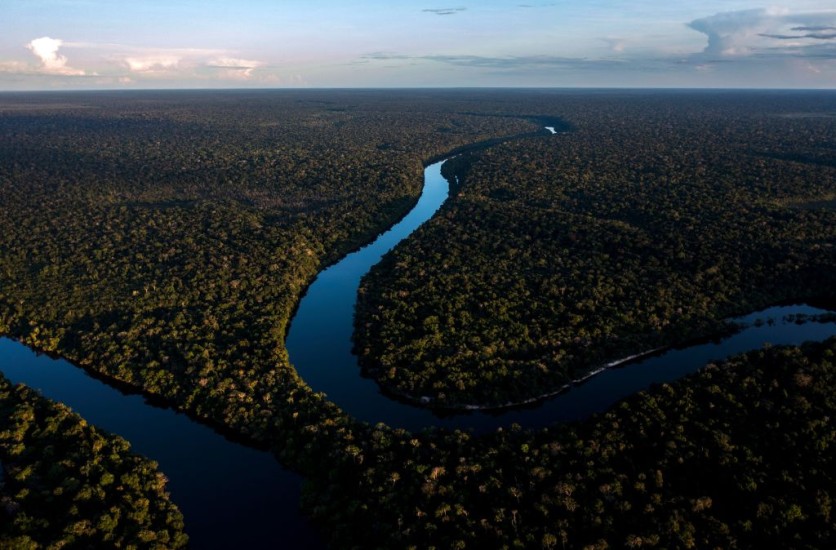Archaeologists suggest that the vast Amazon basin conceals over 10,000 undiscovered pre-Columbian archaeological sites.
According to a recent study, this estimate, derived from advanced remote sensing techniques and predictive spatial modeling, sheds light on the historical impact of ancient societies on the Amazon region.

Ancient Structures Underneath the Amazon Basin
The Amazon basin has been inhabited by Indigenous societies for over 12,000 years, resulting in the creation of ancient earthwork structures and modified landscapes that have had enduring effects on the composition of modern forests.
However, the sheer size and scale of Amazon settlements and landscape transformations remain inadequately understood, primarily due to these sites' remote and densely vegetated nature.
"The massive extent of archaeological sites and widespread human-modified forests across Amazonia is critically important for establishing an accurate understanding of interactions between human societies, Amazonian forests, and Earth's climate," the study's authors wrote.
To address this knowledge gap, researchers led by Vinicius Peripato utilized Airborne LIDAR technology, which enables the mapping of subtle changes in ground topography beneath forest canopies.
This approach revealed 24 previously unknown human-made earthworks, including fortified villages, defensive and ceremonial structures, mountaintop settlements, and other geoglyphs, across various regions of the Amazon basin. It is worth noting that the LIDAR survey covered only a small fraction (0.08%) of the total Amazonia area.
To extrapolate the potential number and locations of yet undiscovered Pre-Columbian sites, Peripato and his team combined data from their basin-wide survey with information on previously identified areas, employing a predictive spatial distribution model.
Pre-Columbian Structures
The model's results indicate that between 10,272 and 23,648 large-scale pre-Columbian structures may still be awaiting discovery, with a particular concentration anticipated in southwestern Amazonia.
Furthermore, the researchers identified a correlation between the predicted likelihood of earthworks and the presence and abundance of domesticated tree species.
This finding suggests that pre-Columbian Indigenous communities actively managed the forests, profoundly influencing the ecology of modern Amazonian woodlands.
The study underscores the multifaceted value of Amazonian forests, advocating for their safeguarding not only for their ecological and environmental significance but also for their substantial archaeological, social, and biocultural worth.
"Closed-canopy forests across Amazonia are likely to contain thousands of undiscovered archaeological sites around which pre-Columbian societies actively modified forests, a discovery that opens opportunities for better understanding the magnitude of ancient human influence on Amazonia and its current state," the study's abstract reads.
The findings of the team were published in the journal Science.
Related Article : Archaeologists Find an Extremely Rare 1,300-year-old Gold and Gemstone Necklace From a Medieval Woman in England

ⓒ 2025 TECHTIMES.com All rights reserved. Do not reproduce without permission.




